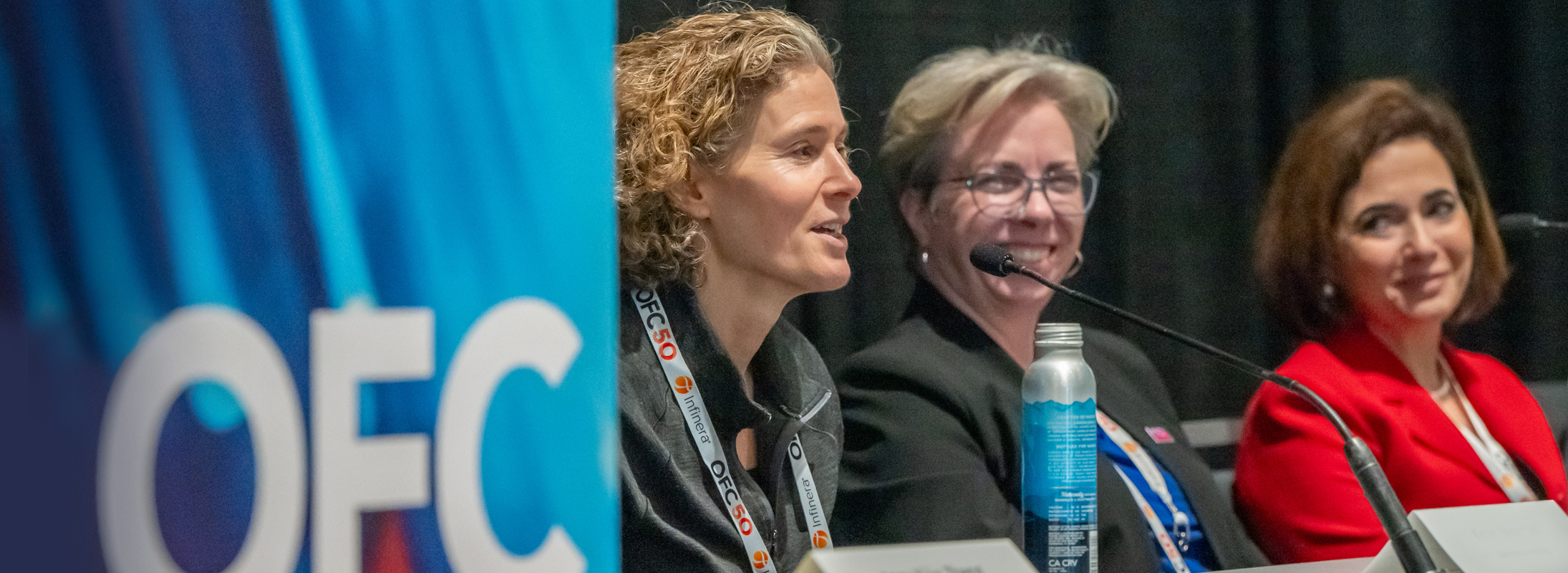
The Technical Conference Program
OFC’s five-day, technical conference features peer-reviewed presentations and more than 120 invited speakers, representing thought leaders across the industry. Additional technical programming throughout the week includes symposia, short courses, Demo Zone and special events.
Special Programs
Includes Symposia, Special Sessions, Rump Session and Panels. Each comprised of invited presentations on areas deemed to be of special interest to OFC conference attendees.
Short Courses
Short Courses cover a broad range of topic areas at a variety of educational levels, and are taught by highly-regarded industry experts on a number of subjects. Whether you choose a course designed for beginners or for more advanced instruction, the small size of each class gives you an excellent opportunity for personalized instruction. Registrants receive a copy of the course notes, which will be distributed onsite. There is a small additional fee to register for a short course.
Demo Zone
Featuring live demonstrations of research projects and proof-of-concept implementations in the space of optical communications devices, systems and networks. Demonstrations occur in dedicated booths in the Demo Zone as part of the OFC technical program.
Special Events
Make the most of your attendance at OFC with a range of networking and educational events. Special events range from receptions to career development programs.
